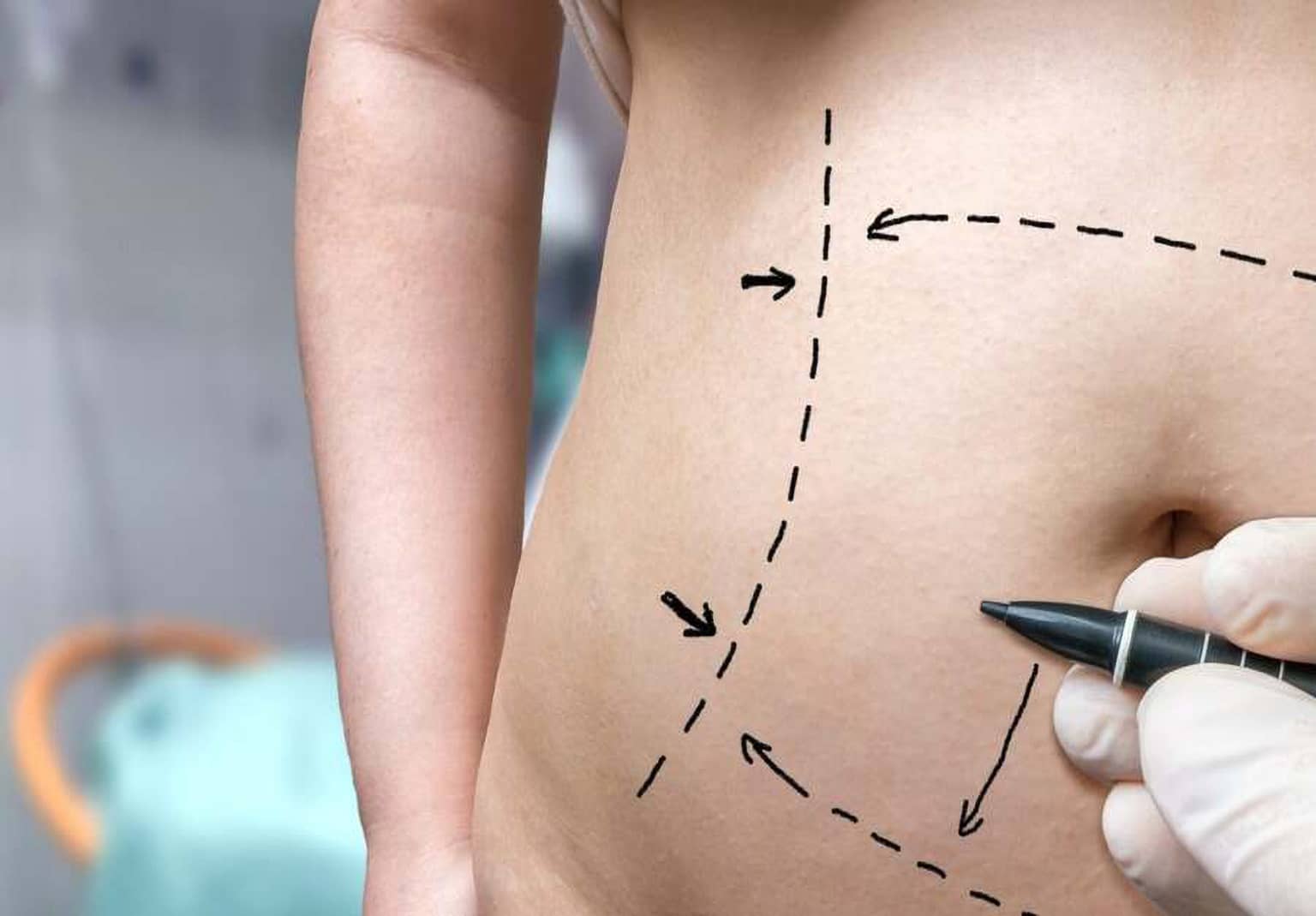Have you heard of the lip reduction procedure phenomenon? Lip reduction procedures were the fastest growing cosmetic procedure of 2016, up 283% from 2015, leading to a series of articles on the procedure and the parts of the world where it’s gaining rapid popularity.
This news has been a surprise to many, as for decades now, the “plump lip” look, which involves adding volume to the lip by utilizing tissue fillers, was the popular one.
Lip reduction, on the other hand, involves removing skin from the lips along the dry-wet line, which has the effect of reducing the volume of the visible part of the lip. It’s frequently done as an outpatient procedure, and the stitches remain in place for about a week until dissolving or being taken out. Because there is a surgical component, lip reduction does tend to cost a bit
more than the injections that are used for lip augmentation.
The lip reduction procedure first gained popularity in Asia, but now seems to have made its way over to the United States. Here, it’s still a relatively unknown procedure compared to many others, but the year over year growth certainly has plastic surgeons paying attention.
To be fair, it’s important to note that the huge year-over-year percentage increase, when viewed in numbers is an increase from 927 procedures in 2015 to 3,547 in 2016. Lip augmentations are still clearly the winner, with 8 times more procedures in 2016.
Whenever a new procedure gains popularity, plastic surgeons should be prudent about giving their patients a proper sense of caution. First, the patient should make sure that they have thought carefully about the procedure and aren’t just jumping on what is effectively a fad. In addition, because it’s a relatively rare procedure, the patient will want to make sure that the doctor has previous experience with it to the extent that he or she can comfortably perform it with predictable results.
Have a question about lip reduction procedures? Reach out to us to set up a consultation and speak with Dr. Ghaderi about this quickly growing procedure.





